Expansion of E-commerce Platforms
The sparkling wine market is witnessing a significant transformation due to the expansion of e-commerce platforms. With the convenience of online shopping, consumers are increasingly purchasing sparkling wines through digital channels. As of 2025, online sales of sparkling wine have surged by approximately 25%, reflecting a shift in consumer behavior towards digital purchasing. This trend is particularly pronounced among younger demographics, who prefer the ease of browsing and purchasing from home. E-commerce not only provides access to a wider variety of products but also allows consumers to explore different brands and regions. The growth of e-commerce is expected to play a crucial role in shaping the future of the sparkling wine market, as it enhances accessibility and convenience for consumers.
Influence of Social Media Marketing
The sparkling wine market is increasingly influenced by social media marketing, which has become a vital tool for brands to engage with consumers. Platforms such as Instagram and TikTok are pivotal in shaping consumer perceptions and preferences. As of 2025, approximately 40% of consumers report discovering new sparkling wine brands through social media channels. This trend highlights the importance of digital presence and influencer partnerships in reaching target audiences. Brands that effectively leverage social media can create compelling narratives around their products, fostering brand loyalty and driving sales. The impact of social media marketing is likely to continue growing, as consumers increasingly rely on online platforms for recommendations and product discovery within the sparkling wine market.
Rising Consumer Interest in Craft Beverages
The sparkling wine market in North America is experiencing a notable shift towards craft beverages, driven by consumers' desire for unique and artisanal products. This trend is reflected in the increasing number of small-scale producers entering the market, offering innovative flavors and production methods. As of 2025, craft sparkling wines account for approximately 15% of the total market share, indicating a growing preference for quality over quantity. Consumers are increasingly seeking out local and organic options, which aligns with the broader trend of supporting small businesses. This rising interest in craft beverages is likely to continue influencing the sparkling wine market, as consumers prioritize authenticity and craftsmanship in their purchasing decisions.
Emergence of Innovative Flavors and Varietals
The sparkling wine market is characterized by the emergence of innovative flavors and varietals, catering to evolving consumer tastes. Producers are experimenting with diverse grape varieties and unique flavor profiles, appealing to adventurous consumers. As of 2025, flavored sparkling wines, such as those infused with fruits or botanicals, represent approximately 10% of the market. This diversification not only attracts new consumers but also encourages existing customers to explore beyond traditional offerings. The trend towards innovation in flavors is likely to enhance the overall appeal of the sparkling wine market, as it aligns with consumers' desires for novel and exciting drinking experiences.
Growing Popularity of Sparkling Wine in Celebratory Occasions
The sparkling wine market is experiencing a surge in popularity during celebratory occasions, such as weddings, holidays, and social gatherings. This trend is driven by the association of sparkling wine with festivities and special moments. As of 2025, approximately 60% of sparkling wine sales occur during peak celebration periods, indicating a strong correlation between social events and consumption. The growing trend of hosting elaborate celebrations has further fueled demand for sparkling wines, as consumers seek to enhance their experiences with premium beverages. This increasing popularity during special occasions is likely to sustain growth within the sparkling wine market, as consumers continue to prioritize quality and enjoyment during significant life events.


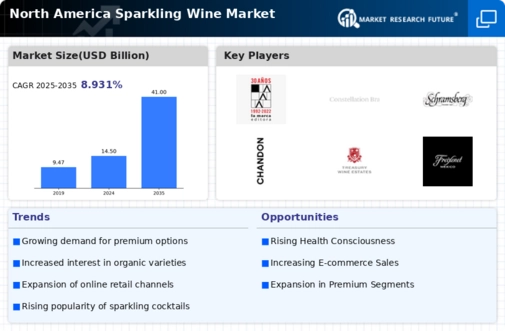
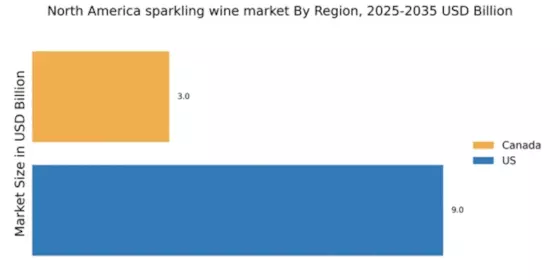

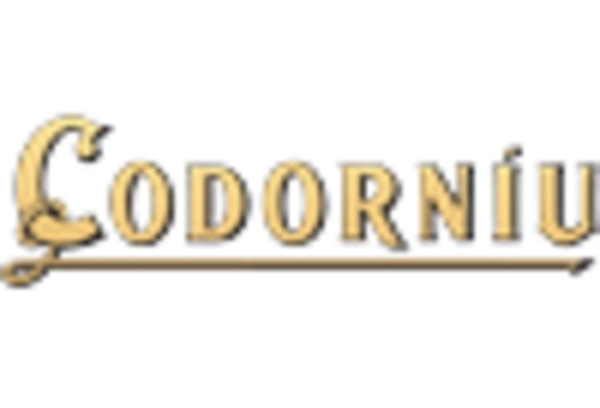
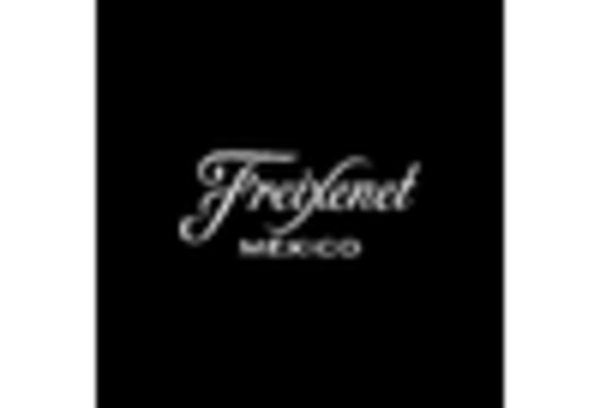

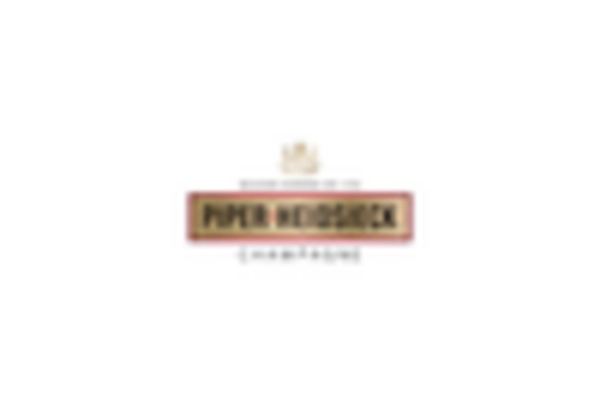









Leave a Comment